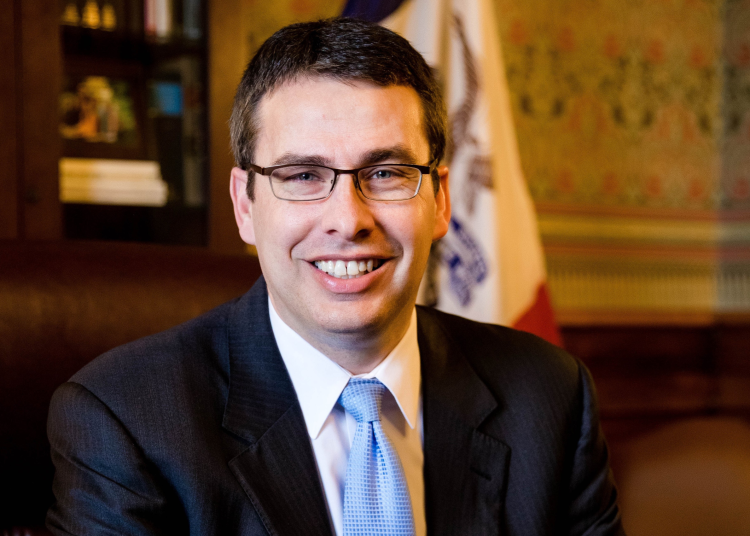By Joe Sheller / Guest Column
Has it really been 10 years?
I recall how eerie downtown Cedar Rapids was just days before the Cedar River surged to 31.12 feet on June 13, 2008. My wife and I had gone to Mount Mercy University to volunteer and were dispatched to City Hall on May’s Island, where we spent hours hefting heavy files from the basement up into Veterans Memorial Auditorium.
Shortly thereafter, the river there would rise beyond expectations – several feet above where we placed those boxes.
Despite our wasted labor, we were still among the lucky. Our house was safe. Much of the city was not so fortunate – according to the city website, 14 percent of Cedar Rapids flooded in 2008, including 5,900 homes.
Cedar Rapids was not alone. Up and down the Cedar and Iowa rivers and others, floodwaters surged across the Corridor, hitting communities like Iowa City, Coralville, Palo and Vinton.
Now, 10 years later, Corridor media have been awash in recollections. The Corridor Business Journal’s June 18 edition recounted a “Flood of memories” unspooled at the CBJ’s Commercial Real Estate Luncheon, while photo galleries, stories and videos could be found at KGAN, KWWL, KCRG, Iowa City Press-Citizen and Gazette websites. The CBJ has even prepared a special “Corridor Rising” book about the rebirth of the area.
It’s bittersweet to look at images from 2008 and read remembrances. Much of the coverage this month has rightly focused on how the Corridor used the 2008 flood as a springboard for renewal. But it’s also true that, although no lives were directly lost, whole neighborhoods were wiped out. The scars from 2008 are too deep to erase.
I think Mary Sharp, city editor of the Gazette in 2008, put it well in a column published June 10: “We face this milestone with a gap-toothed smile. We have some empty spaces, some lingering heartaches, some unease about that powerful river in our midst.”
In 2008, I was mesmerized by local TV and newspaper coverage. During natural disaster, the role of journalists to bear witness and give context comes to the fore. I think local media pushed heroically to cover the flood.
Since then? The flood is part of a complex narrative, dealing with climate change, land management, water quality, tax policies and other thorny issues. We can’t depend on the morning news to deal well with such a complicated story. True, since the flood, federal disaster aid and state money flowed in and helped transform the Corridor. There is a new Hancher Auditorium, a new Cedar Rapids Public Library, a revitalized NewBo district. But, just as our smile is gap-toothed, our flood control infrastructure is incomplete.
In coverage of the real estate luncheon, CBJ Editor Adam Moore quoted Steve Emerson, president of Aspect Architecture, who was asked about his confidence in Cedar Rapids’ readiness.
“The flood protection is great and the efforts have been fantastic,” Emerson said, “but it’s not going to work unless it’s 100 percent done, and to get to that point, the amount of money that’s going to be needed is daunting.”
Corridor media are looking back at a historic event. The odds of the flood of 2008 in any given year are slim – that flood was caused by a wet fall, a snowy winter and an extreme amount of rain in spring. Something like that will not happen in 2018. Yet, as the years tick by, the odds that the Cedar River will again reveal its power are not so small.
In a tweet June 13, President Trump stated, “Our country’s biggest enemy is the Fake News.” On the shores of the Cedar River, watching again as another damp June causes waters to rise, we can identify bigger foes. We breathe a sigh of relief that the rising river won’t be so epic this time, and recall how important local radio, TV and newspapers were when people needed them in 2008.
In a Gazette video, Sharp recounts editing stories by flashlight in an eerily dark newsroom. She seems like neither fake news nor an enemy, to me. And I like the way she closed her June 10 column, so I’m borrowing her words:
“It’s possible to rejoice in what we have gained, while remembering what we have lost.”
Joe Sheller is an associate professor of communication and journalism at Mount Mercy University in Cedar Rapids




